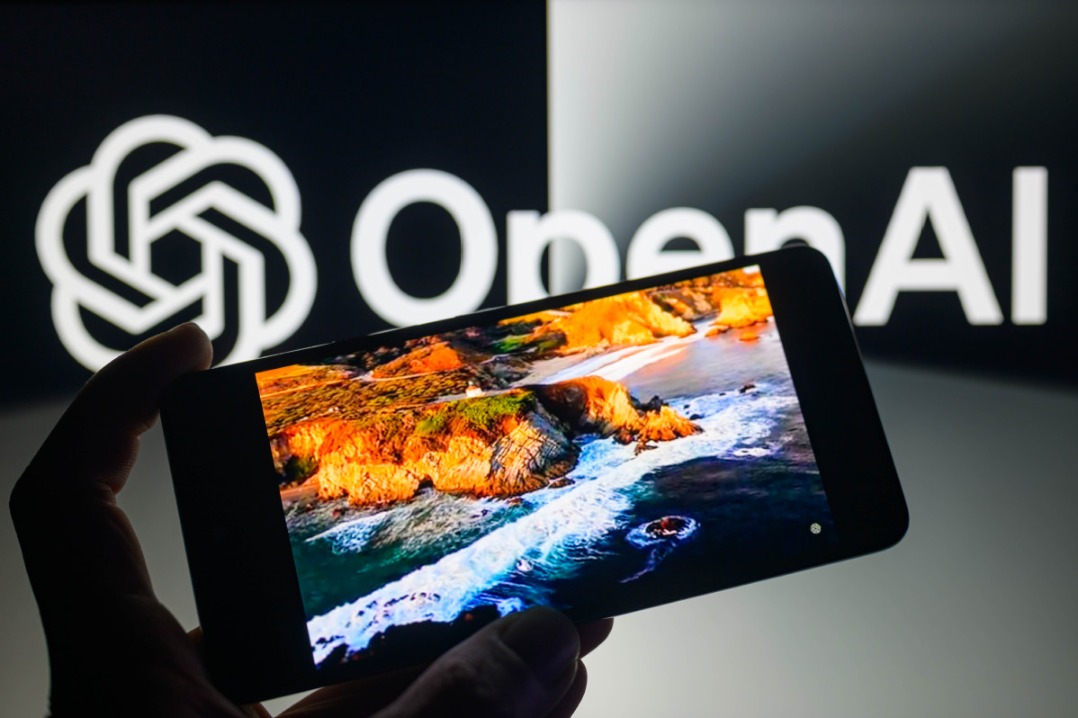Core Concepts
OpenAI's Sora model and the development of AI technologies in China are shaping the future of productivity and innovation in the country.
Abstract
China is actively participating in the global artificial intelligence race, with discussions on whether AI will become a critical new productive force for the country. OpenAI's Sora model has sparked interest and speculation about China's potential to develop similar technologies. While there is a gap between Chinese AI models and GPT-4.0, efforts are being made to leverage frontier AI technologies in industry-specific scenarios. Chinese companies are focusing on developing large language models for industrial applications, aiming to drive efficiency and empower various sectors. The launch of MiniCPM-2B by ModelBest Inc showcases a move towards more targeted commercialized scenarios with less expensive AI technology.
Is AI China's critical new productive force?
Stats
According to a report by the Beijing Municipal Science & Technology Commission, China had developed at least 254 AI large language models by October last year.
The newly launched large model MiniCPM-2B by ModelBest Inc is embedded with a parameter of 2 billion, much smaller than OpenAI's GPT-4.0 with 1.7 trillion parameters.
Quotes
"Although the development level of large-scale models in China seems to be close to GPT-3.5, there is still an 18-month gap compared to GPT-4.0." - Zhou Hongyi
"With the popularity of such endside models, the inference cost of mobile phones will further decrease in the future." - Li Dahai
Key Insights Distilled From
by at global.chinadaily.com.cn 02-26-2024
https://global.chinadaily.com.cn/a/202402/26/WS65dbda20a31082fc043b8fc5.html
Deeper Inquiries
How can China bridge the gap between its AI developments and those of other countries?
China can bridge the gap in AI development by focusing on practical applications and industry-specific scenarios. By leveraging frontier AI technologies in sectors where Chinese companies have found opportunities, such as smart manufacturing, they can drive efficiency and innovation. Additionally, investing in research and development to create more targeted commercialized scenarios with emerging technologies like lightweight large models will help China catch up. Collaborations with academia, international partners, and investment in talent development are also crucial for closing the technological divide.
What challenges might arise from the rapid advancement of AI technologies in various industries?
The rapid advancement of AI technologies poses several challenges across industries. One major concern is job displacement due to automation, which could lead to unemployment or require reskilling of workers for new roles. Ethical considerations around data privacy, bias in algorithms, and accountability for decisions made by AI systems are also significant challenges that need to be addressed. Ensuring cybersecurity measures are robust enough to protect sensitive information from potential breaches is another critical issue as reliance on AI grows.
How can smaller AI models like MiniCPM-2B impact broader technological advancements globally?
Smaller AI models like MiniCPM-2B have the potential to democratize access to advanced technology by reducing inference costs and making it more affordable for a wider range of users. This could lead to increased adoption of AI solutions across different industries globally, driving innovation and efficiency. The scalability of these smaller models means they can be deployed on less powerful devices without compromising performance significantly, opening up possibilities for edge computing applications and real-time decision-making processes. Overall, the proliferation of smaller AI models could accelerate technological advancements worldwide by lowering barriers to entry for businesses looking to integrate artificial intelligence into their operations.
0
